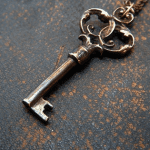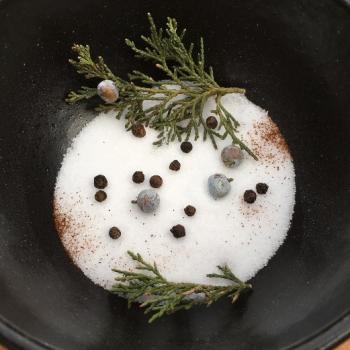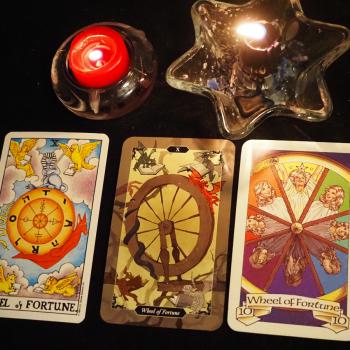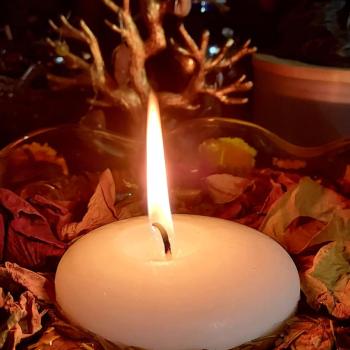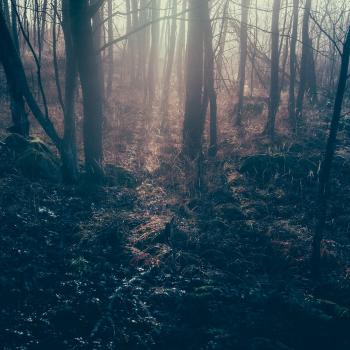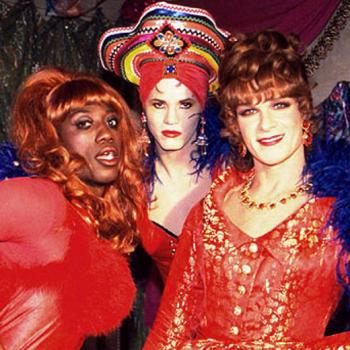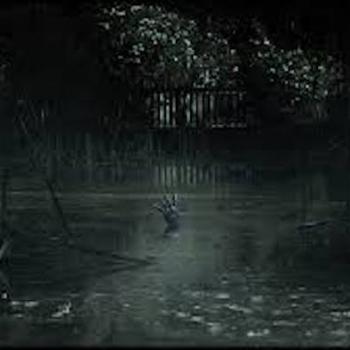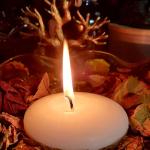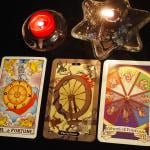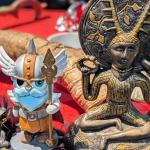Over the years, I’ve disappointed many people.
I pull out my powerpoint and talk about Brigid or the Morrigan, and the Iron Age Celtic culture from which they came. I also mention that role of women in that culture which, from what we gather, was not a feminist’s ideal. Did Goddess-honoring, matriarchal societies exist? Absolutely. But could Goddess-worshipping culture still be patriarchal and yes, even oppressive against women? Yup. Could matriarchal, Goddess-centered cultures still possess inequality and environmental destruction? Quite likely. Therefore, no. Goddess worship will not solve the world’s problems. It’s even kind of sexist. This is where many are disappointed.
Honestly, I get it. It would be easier to keep blaming everything on patriarchal religion and keep going thinking that eventually, the world will re-embrace Goddess divinity as the status quo and therefore, will offer equality to people of all genders and quit cutting down the Amazon rainforest.
But that’s not realistic.

Mists of Avalon was fiction. The ancient Celtic world, while inclusive of Goddess in its own way, was not a matriarchal paradise.
While there is still a lot we don’t know about the Iron Age Celts and never will, if early Irish law* provides some insight into their world, we can guess that while some women could occasionally rise to power, many did not enjoy the same liberties as men. They could not own property or bequeath it to an heir of their choice. Irish women could divorce their husbands, but only under narrow stipulations. Continental Celtic women could not divorce at all. A man could have several wives, but a woman could only have one husband. It’s often thought that a common woman’s existence and “worth” was slightly more than the cattle her husband owned. An enslaved woman had even fewer rights.
The myths suggest that the Celts had a number of goddesses. But even in that exposes more of what we would now consider misogyny.
It is thought that the Celts believed that the land was female–a living Goddess, some have argued. But even so, the land was also “a woman to be wooed,” tamed, conquered. In the myths, goddesses characters who may represent this divine manifestation of the land were often beautiful or “haggardly,” and a king might have to kiss or have sex with a “hag” in order to make her “beautiful again,” and also retain his power. While many translations and a couple of millennia stand between us and understanding the original context of these myths, they do suggest the old Celts may have believed the Goddess was something to be used to ascend to power, not something to defer to.
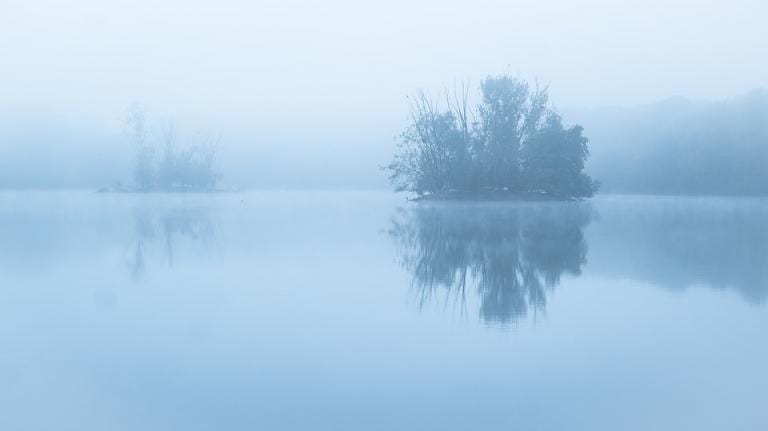
Modern goddess worship has several problems.
Goddess worship itself can be sexist.
I’ve had Pagan men suggest I don’t use profanity because it “undermines my Goddess self.” A Pagan woman told me it bothered her to see my husband flirt with me as she found flirting undermining. As a Priestess, she argued, I should compose myself “more like The Goddess.” Never mind that I was quite enjoying my husband’s flirting with me or that Priestessing is tough work which inspires profanity. My words and my intimate relationship were suppressed by people who supposedly loved the Goddess, in the name of honoring that same Goddess.
Modern goddess worship is quickly tied to a woman’s reproductive potential. Many traditions have deeper, more expansive reflections of the Maiden-Mother-Crone concept, but the one most widely understood is of the Goddess’s potential, actualization, and conclusion of child-bearing years. Where does this leave women who can’t or don’t want to have children, or who don’t have vaginas? This, perhaps unwittingly, reinforces the idea that the greatest contribution of feminine persons is to make more persons (which is exactly what we were supposed to have left behind in the 1950s)–whittling down feminine identity to solely having or not having a vagina and what you choose to do with it. Often, the most fervent Goddess worshippers I have met have also been highly and violently transphobic.

Goddess worship can blind us to our own ecological impact.
Many years ago, I visited Mt. St. Helens National Volcanic Monument. Stunned by its beauty, I wanted to keep a piece of it to honor in my Goddess practice. Although many park signs asked people not to take ash or rocks as the natural area needed the materials for regeneration, I knew differently. It was part of my religious practice and the Goddess would understand. Fortunately, a wiser Elder encouraged me to return the ash to the park. By trying to honor the Goddess, she explained, I was actually causing damage to Her body. I mailed the ash back (and received a kind thank-you note from the park services), lesson learned: Just because it’s Goddess-intended, it doesn’t mean it’s not causing harm to our planet.
The Pagan community drives and flies to gatherings, eating unsustainable food and often using disposable products. I’m super-guilty of all of these things, myself. While these gatherings have the benefit of making more people aware of protecting nature as a tenet of spiritual belief, they do cause harm in the meantime–an issue we must continue to address and correct.

Goddess worship has the potential to help solve these very issues
Contemporary Goddess worship offers the opportunity to see things in a more holistic way. It encourage people to include the protection of the environment as a spiritual tenet. It can undermine toxic masculinity and empower femininity. But these are all notes of potential. Even if we were to wake up tomorrow and all of the world’s major religions honored a supreme Mother instead of a Father, issues of inequality and environmental destruction would still need addressing.
We’re short-sighted if we believe that simply getting more people to honor the Goddess is the end solution.

For more information on the Goddess Brigid and the Celtic world, please see my book: Brigid: History, Mystery, and Magick of the Celtic Goddess. My new book: The Morrigan: Celtic Goddess of Magick and Might comes out later this year.



